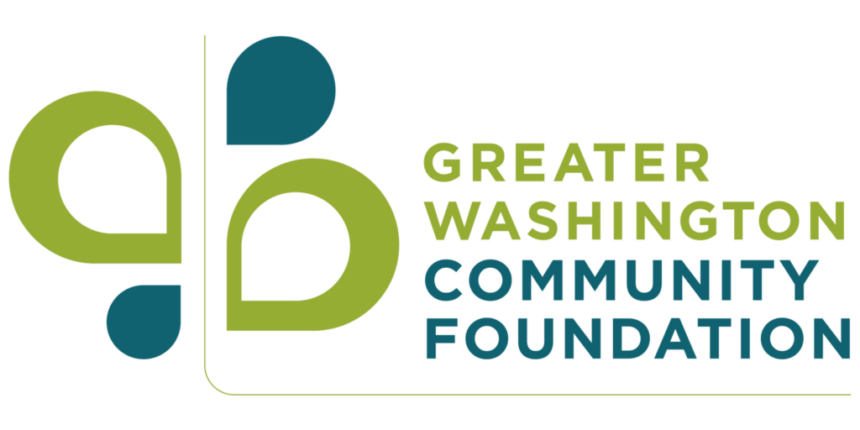
Earlier this year, the Metropolitan Washington Council of Governments (MWCOG) published What Our Region Grows, an assessment of the state of agriculture in the region. We interviewed Lindsay Smith, regional food systems value chain coordinator at MWCOG and author of the report, on trends in this sector.
When people think of this region, they think of the federal government, our history, and increasingly a growing technology sector. Why is agriculture important to Greater Washington?
Agriculture generates jobs and revenue for the region, but there are a lot of indirect benefits as well. For example, by preserving land for the sector, we are better incentivized to use smart planning on other land used for residential or commercial purposes. Montgomery County is a great example of how making a commitment to land preservation plays a role in limiting low-density development over time, concentrating new growth and redevelopment into communities that can be easier to service with transit, made more walkable, etc.
That preserved, agricultural land is also a sound long-term investment because you can get these benefits without huge costs to the jurisdiction. Unlike residential development, agricultural lands don’t put the same demands on police, fire, EMS, or schools, so there’s long-term fiscal impact of stronger, preserved agricultural regions.
Farms also boost livability. Increasingly, the metro area is known for great restaurants. But we also have great wineries and opportunities to pick your own food. There are all types of agricultural tourism opportunities that farm business owners are taking advantage of, including in our more urban communities. Longer term, could our region have the same kind of reputation as the Hudson Valley, but with our own unique landscape and culture and all the wonderful things that means for different food traditions? Could we as a region connect the dots between businesses, restaurants, farms, and great places, and create one more reason why this is an attractive place to invest?
I’m hopeful that the region can come together and collaborate in a more strategic way to support the agricultural sector. There are just certain things we need to have as a society to function well, and agriculture is one of them. There’s a resiliency angle here, too—do we want to increasingly rely on other places for our food, or do we want to have a viable food system that can also provide nutrition?
Tell me about that. Why is it important for us to provide food for ourselves?
Being able to produce what we eat would be a big step forward for our resilience in the event that other regions that supply food are unable to do so. Many farmers will tell you that last year was devastating—it was the rainiest year on record here, and it ruined a lot of crops. Those kind of historically unusual weather events are happening in other places, too. So, we might not want to assume that we can always source food from the places we’ve typically sourced it from with the ease that we do today. If we diversify our food sources, we diversify our risk.
The report describes a big reduction in agricultural output in the last century, especially in the last 10 years, but our population has grown. What factors are making farming more difficult in our region?
This tends to be industry-specific, and the dairy industry has been hit the hardest. It’s not an exaggeration to say that we are losing dairy farms every month. Dairy farmers across the country are all struggling because the price of milk has remained lower than the cost of production for several years. It’s not economically viable, especially for smaller farms. Some are persisting or turning to direct markets which is great. Some are switching over to beef cattle while others are closing their doors.
Another factor is climate change. Most farmers would say that the weather in 2018 cost them something, but not all would connect it to climate change. It was a tough year. This is a humid region, which can pose challenges for growing things like wine grapes and hops. If you get too much moisture, it’s a challenge for lots of crops because it leads to fungus and disease. This year we saw some issues with outright flooding and ability to absorb more water. I haven’t heard of anyone who didn’t have a difficult weather year, outside of folks who are doing indoor farming.
Agriculture overall might be declining, but agritourism is seeing impressive growth. What’s behind that trend?
We have a growing number of innovative farmers and rural business owners who are starting new things. Some of our jurisdictions in the metro region have invested in agricultural marketing specialists who help farmers with new business ideas. Probably a growing interest in food and where food comes from is helping. Some of it may be driven by the growth in craft beverage, such as wineries, breweries, cider mills, and distilleries.
Some farms are also looking at creating a unique place and experience in addition to the products they sell. Look at Up Top Acres, for example. Part of their business is growing food and they have a community supported agriculture (CSA) program, but they also have some striking space with views of the Nationals stadium and the Capitol. It’s a space that can be used for events, whether it’s a celebratory dinner or a yoga class. So, there’s this trend with some urban farms to connect agriculture, food, people, place, and experience.
Agritourism is definitely part of the region’s future and the future of a lot of farms. Over the long-term, it can be an important business diversification strategy and another way to bring revenue to a farm and the region.
The report lists some recommendations for protecting and growing our farm sector. One recommendation is to improve public policies and regulations. Can you share an example?
The processes required by local, state, or federal regulations can be quite taxing for farmers. Most don’t have someone working full time on compliance, so whatever time they spend satisfying regulatory requirements is time they aren’t spending working their farm. Of course, we need farmers to adhere to food safety and other standards, but I’d like to see more awareness of the cost to the small and mid-sized farmer when a regulation is implemented. Can this awareness, along with greater coordination within government, drive greater efficiency in what’s required without compromising outcomes?
It’s like any industry that evolves in that the entrepreneurial action tends to be ahead of the regulatory environment. The first person to open a winery, an urban farm, or something that the community hasn’t seen before faces a longer process because they are the test case. Our hope is that if there could be some sustained, regional attention and sharing of best practices across jurisdictions, we could do our part to promote regulations that address concerns on health, safety, and welfare without slowing down innovation in this sector.
Where would you and your team like to see our agricultural sector be in ten years? What does success look like?
I would love to see that we are not losing more agricultural land, that we’re seeing growth in younger cohorts. One of the things our report talks about is that there’s a generational change that’s happening as our farmers retire. It’s not impossible but it can be difficult for new farmers to get started, especially if they don’t come from a farm family and don’t have access to land. Access to land can be a real challenge. So, we need to create opportunities for the next generation of farmers who are eager to join the industry, grow their business, and reach new markets.



















